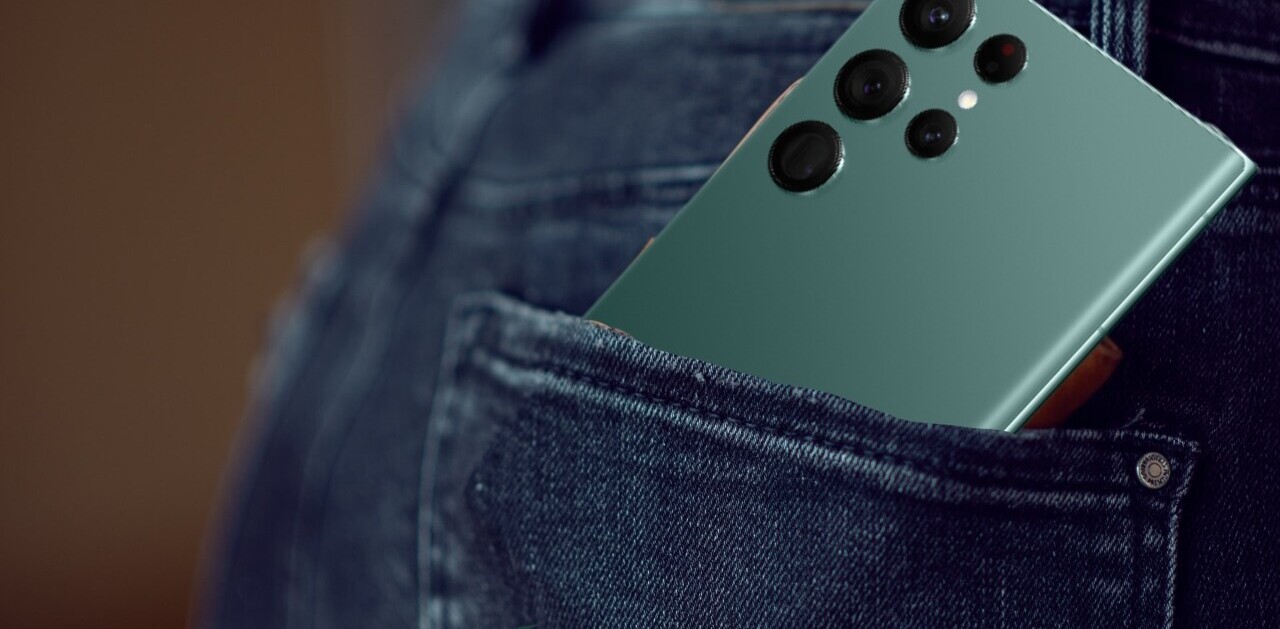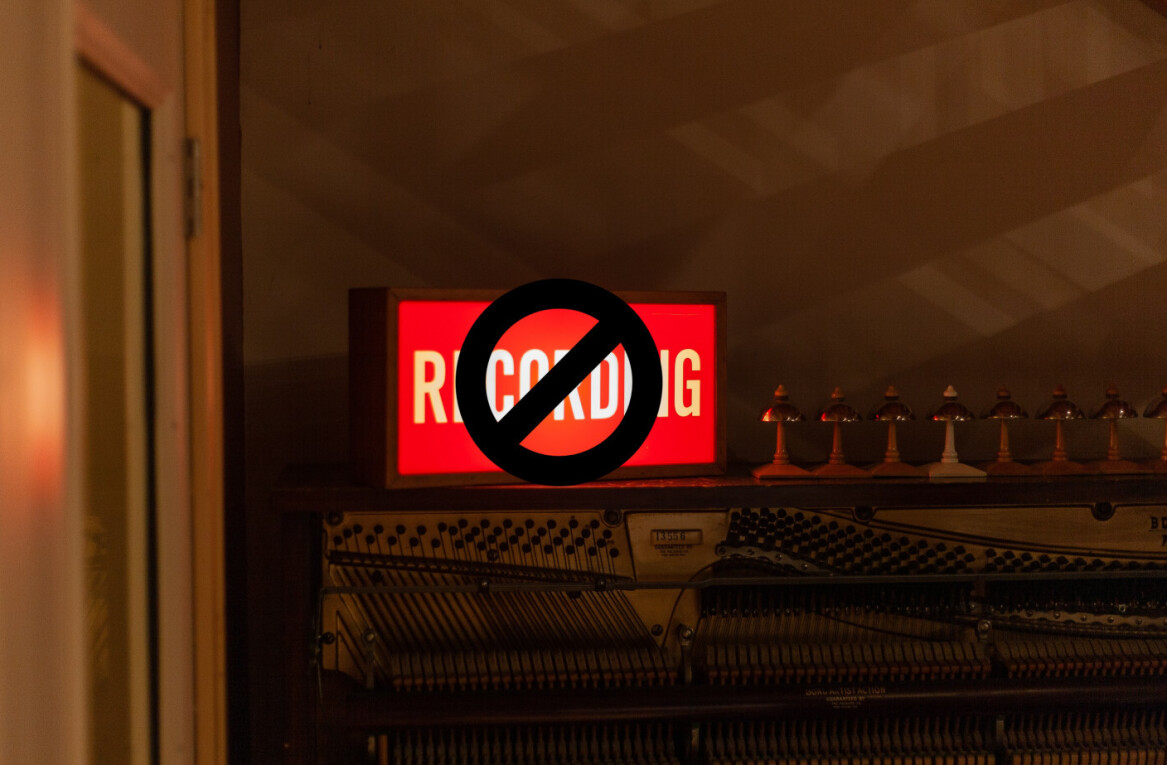
According to research firm Canalys, Google’s Android platform has captured nearly half of the global market for smartphones, reports Reuters.
After a survey of the 56 countries that the firm tracks, Canalys conluded that Android was the number one platform in 35 of them, garnering it a total smartphone market share of about 48% in the process.
Apple, which recently overtook Nokia as the worlds largest individual maker of smartphones, garnered a 19% market share of smartphones with its platform, iOS. Apple shipped 20.3 million iPhones in Q3.
A major factor in Android’s success is the fact that it is available on many devices from a variety of manufacturers including HTC and Samsung. Samsung’s sales were up 421% over a year ago and sold 17 million devices, a large chunk of which were accounted for by the 5 million Galaxy S II models that the company sold even previous to its release in the US later this month.
While Android has seen massive growth lately, with 500,000 devices being activated every day, the success hasn’t come without repurcussions. Android manufacturers like HTC and Samsung are under attack from companies like Apple, whose patent suits may apply to core android functionality as well as hardware design.
In addition, Google itself has come under fire for utilization of what Oracle claims are patented bits of its Java architecture. If the suit results in a ruling for Oracle, there would be an additional licensing fee paid for every Android device that was sold. This would add to the fees already being garnished by companies like Microsoft, which reportedly gets up to $5 for every Android handset sold.
The Android platform’s continued growth is almost completely ensured at this point, as its multi-pronged approach to covering the top and bottom ends of the market has led to massive growth in a very short time. The questions that are currently swirling around its financial viability in the face of pending patent suits against it are the ones that will decide whether that growth comes at too great a cost for manufacturers.
Get the TNW newsletter
Get the most important tech news in your inbox each week.




